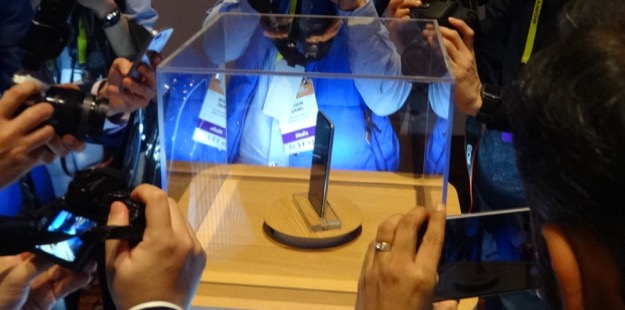
Consumer electronics is collapsing into a two-product industry – smart phones and big screen televisions – and the balance is tipping towards phones. The end of network neutrality will accelerate the shift, as the big four U.S. mobile carriers use their control over network traffic and service pricing to sell more content and capture more viewing time.
The big beneficiary is AT&T. Its DirecTv Now over-the-top platform just passed the million subscriber mark. The Federal Communication Commission’s decision scrapping net neutrality rules allows AT&T to exempt DirecTv from data caps – zero rate it – while subjecting everything else you watch to monthly limits and hefty overage charges. Combined with its national footprint, the access to content its market share gives it puts it in the lead position among video companies trying to manage the transition away from traditional linear television service.
Verizon, T-Mobile and, to a lesser degree, Sprint also have in-house mobile video services, although none with the content buying power of DirecTv. Expect innovative, competitive tactics from them in 2018. But read the fine print carefully: discounts offered on video content could be balanced by higher and effectively hidden charges on other services, such as simple broadband access.
On the network side, all four major U.S. mobile carriers were in land rush mode in 2017, as they tried to lock down access to poles and other property that they need to densify their networks and meet the rapidly increasing demand for mobile bandwidth that’s primarily driven by video traffic.
In 2018, they’ll begin to deploy the first 5G systems, although those will just be for fixed wireless service. It’ll be at least three years before there is enough mobile infrastructure and consumer devices to make a real difference in the early, high revenue potential urban area that will be first on the list. For most Californians, reliable 5G mobile service is five to ten years away and some will never see it at all.
